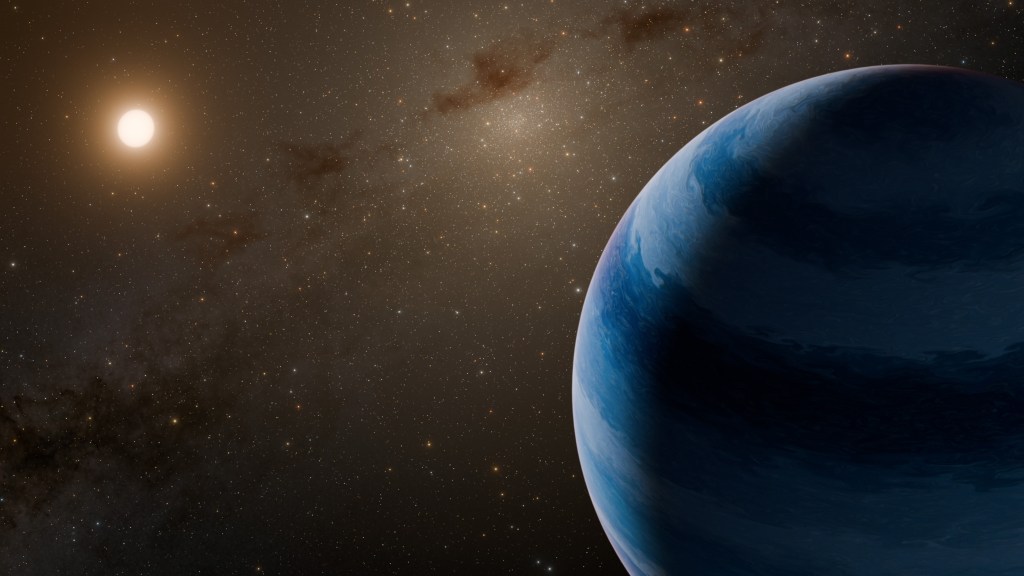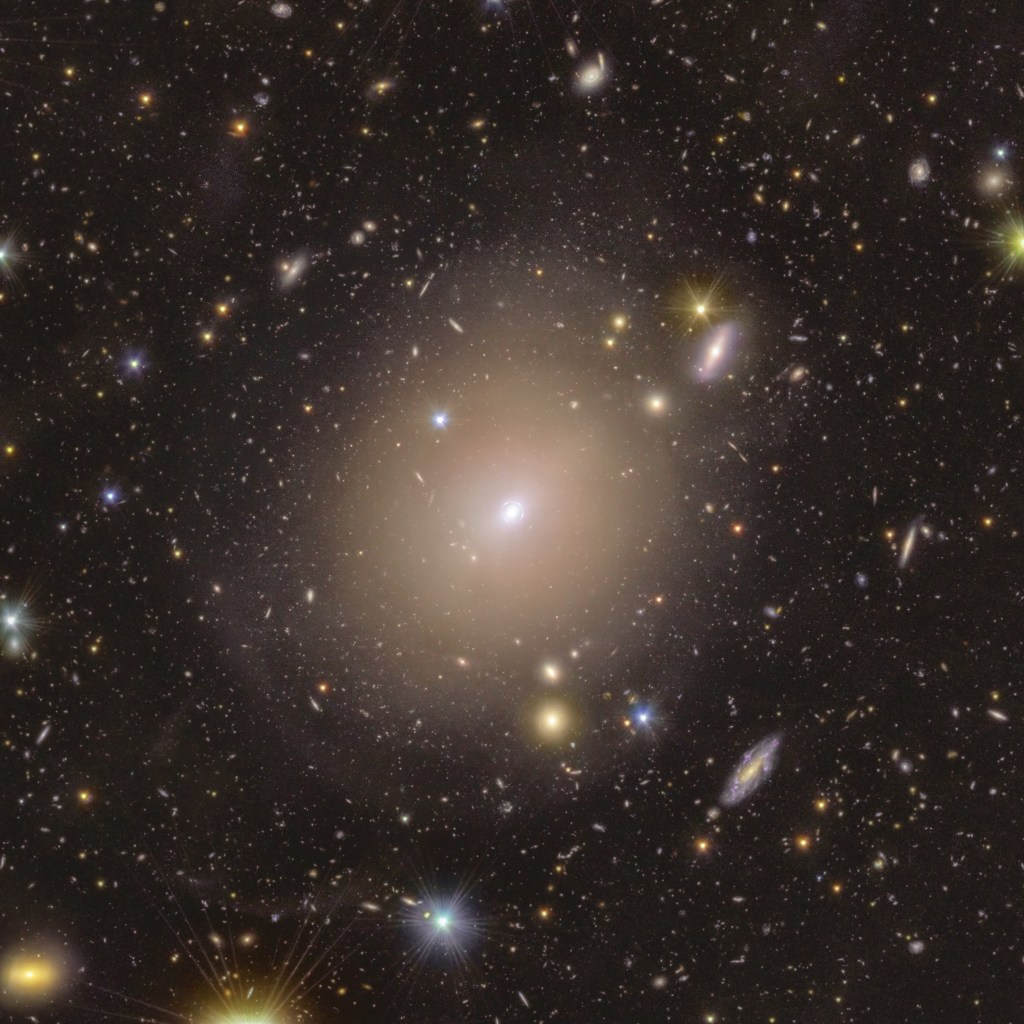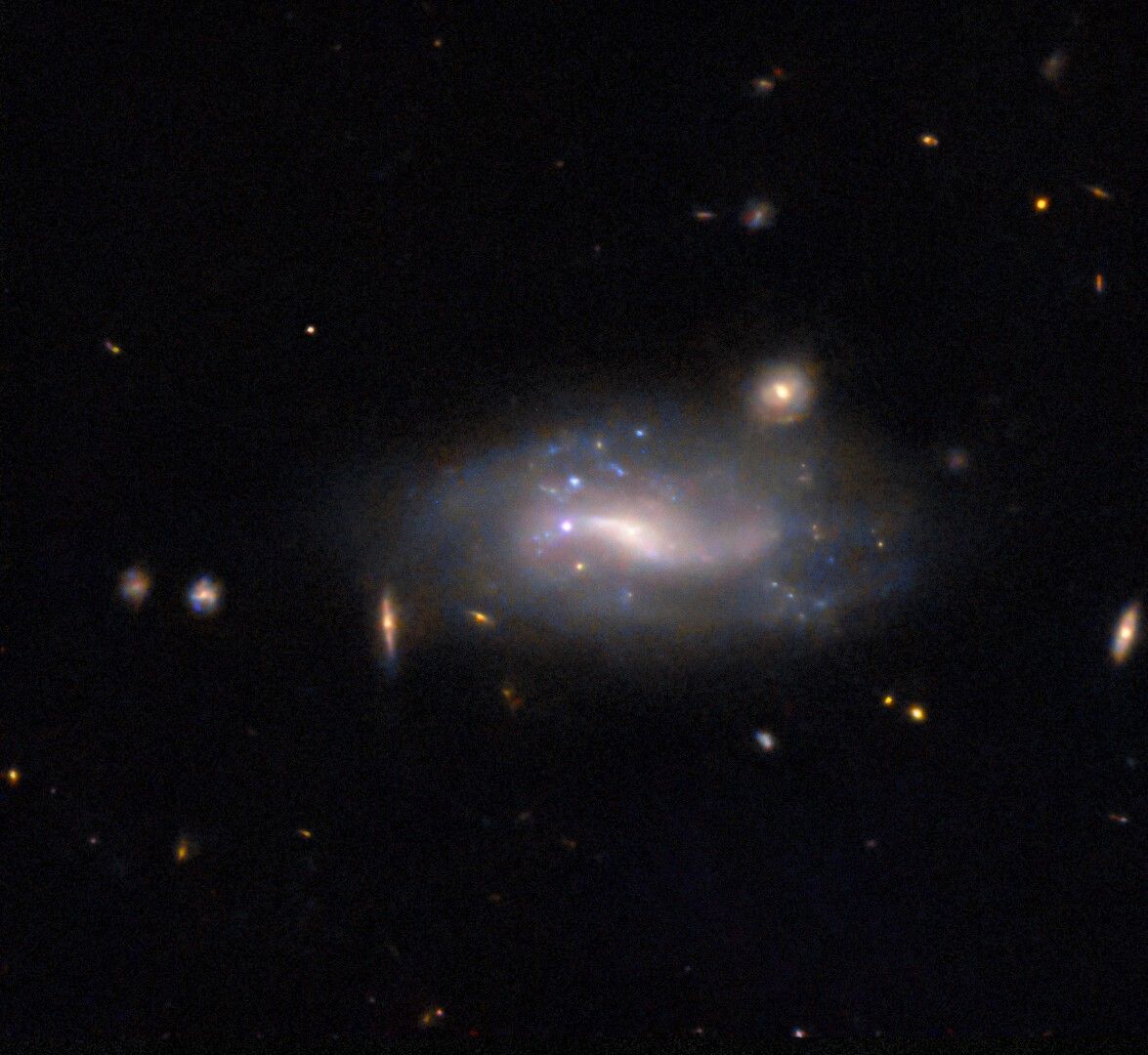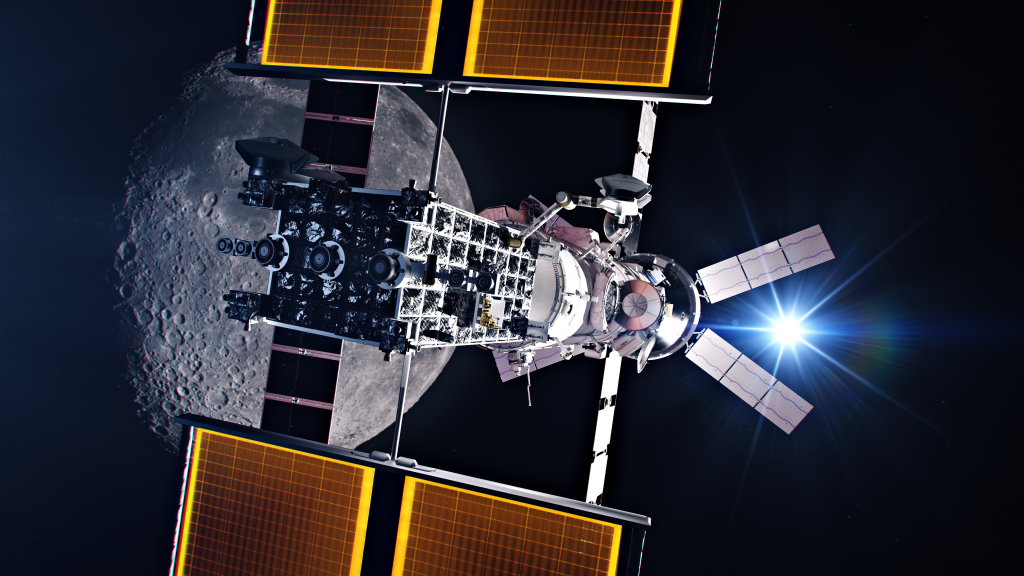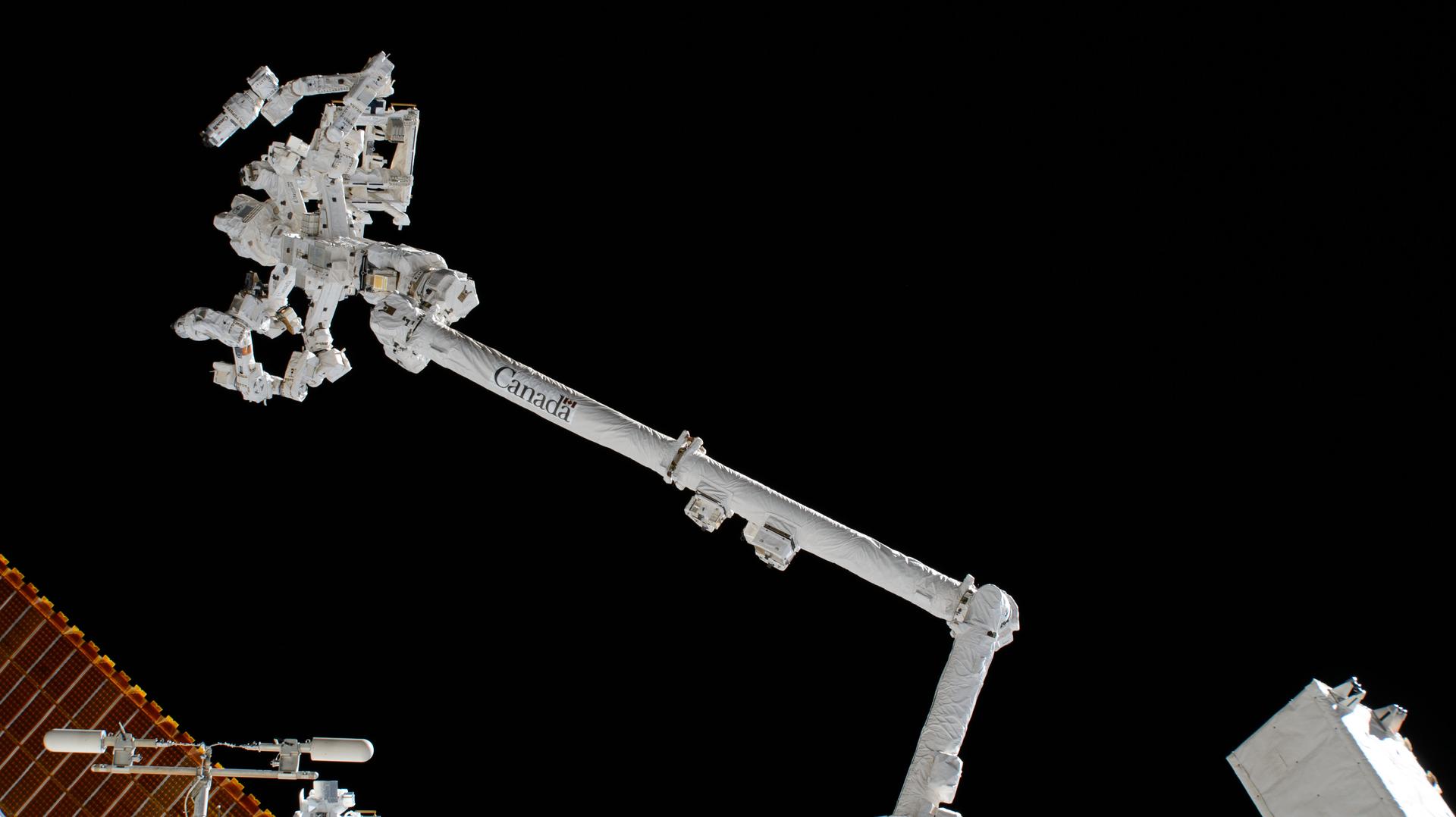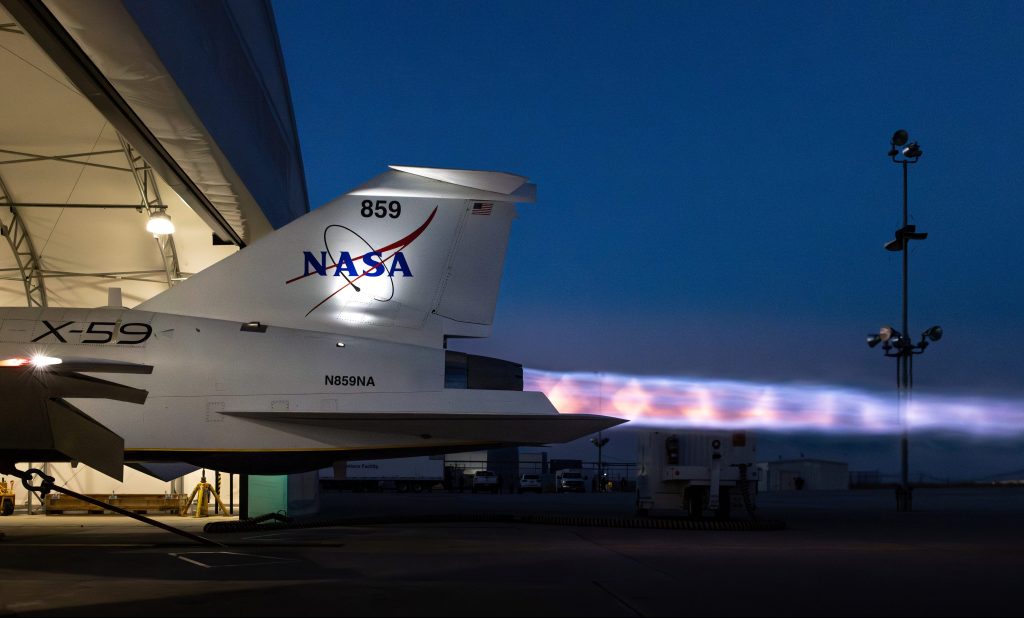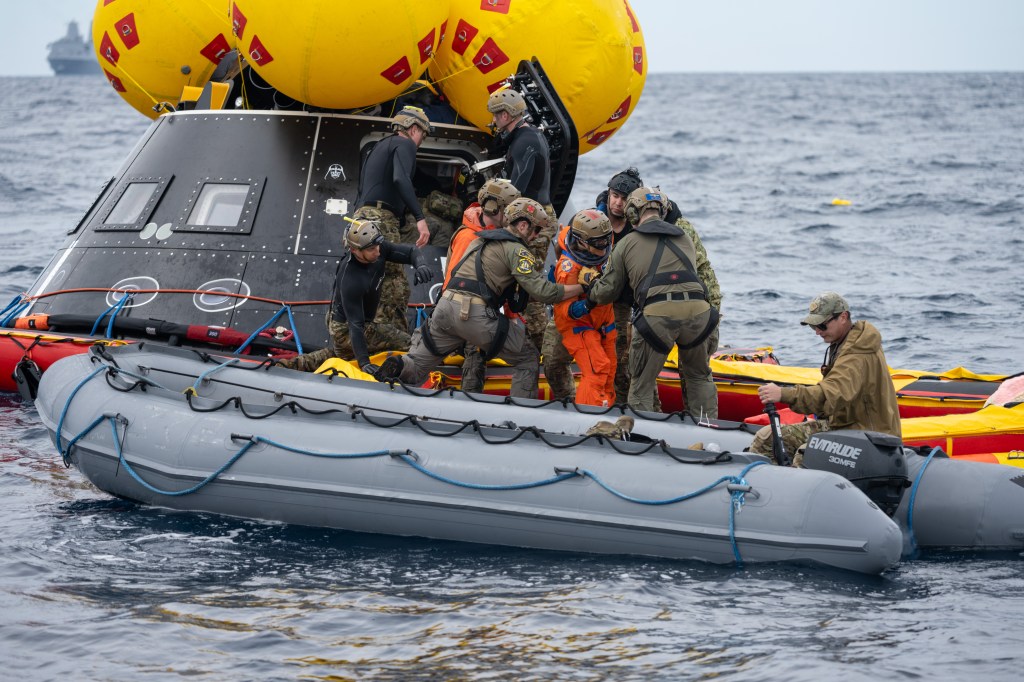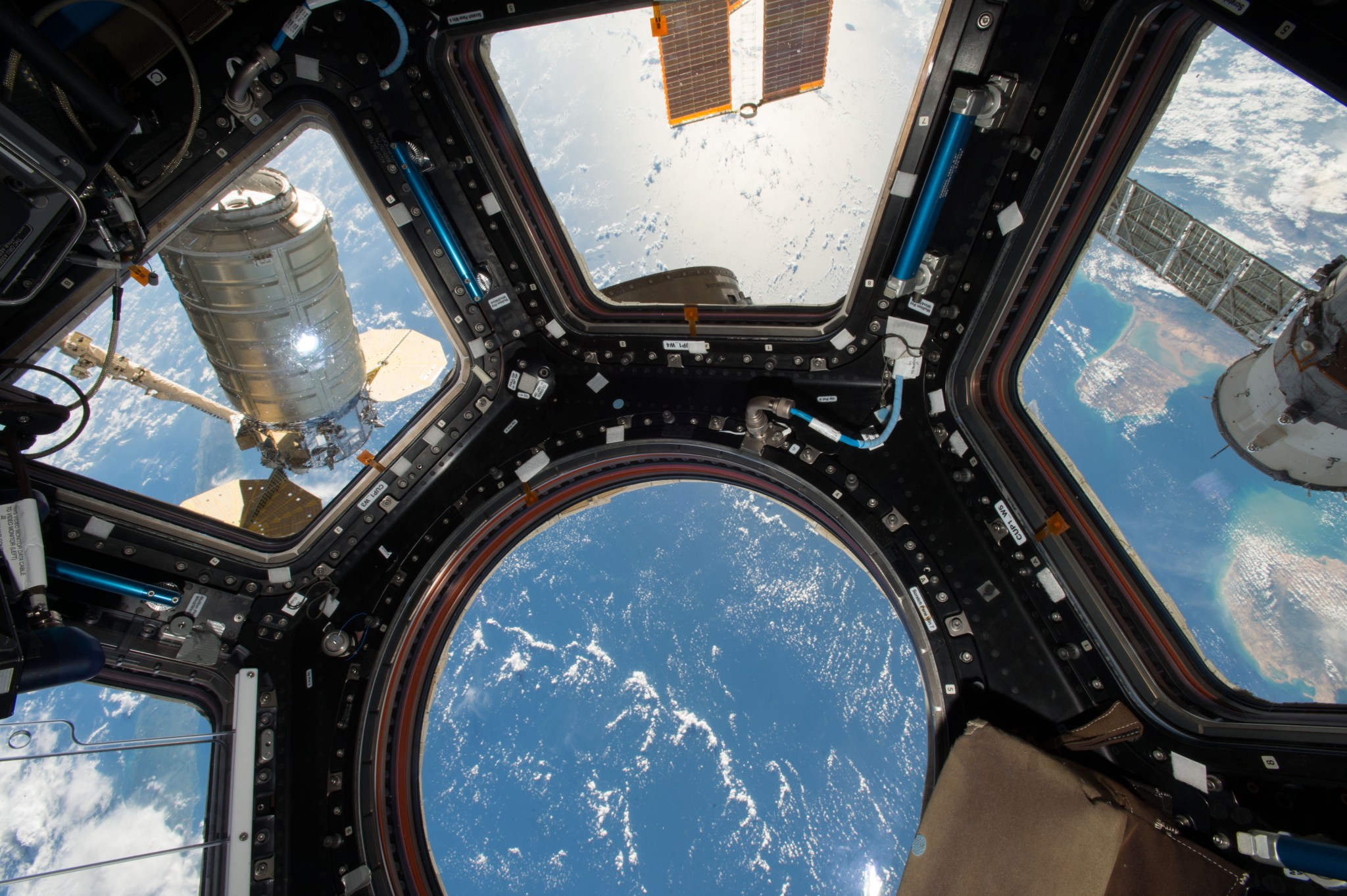One month after launching from NASA’s Wallops Flight Facility in Virginia, Orbital ATK’s Cygnus cargo spacecraft is set to leave the International Space Station at 8:20 a.m. EST Monday, Nov. 21. Live coverage of the spacecraft departure will begin at 8 a.m. on NASA Television and the agency’s website.
Cygnus arrived at the space station Oct. 16 with more than 5,100 pounds of cargo to support science experiments from around the world. The spacecraft will be detached from the Earth-facing side of the station’s Unity module using the Canadarm2 robotic arm, operated by ground controllers. Robotics controllers will maneuver Cygnus into place, and then Expedition 50 robotic arm operators Shane Kimbrough of NASA and Thomas Pesquet of ESA (European Space Agency) will give the command for its release.
Experiments delivered on Cygnus supported NASA and other research investigations during Expeditions 49 and 50, including studies in biology, biotechnology, physical science and Earth science – research that impacts life on Earth. Investigations included studies on fire in space, the effect of lighting on sleep and daily rhythms, collection of health-related data, and a new way to measure neutrons.
Five hours after departing the station, the Saffire-II experiment will intentionally ignite a fire inside a module aboard the uncrewed spacecraft. The second in a series of three, the experiment allows researchers to study a realistic fire on an exploration spacecraft. Instruments on the Cygnus will measure flame growth, oxygen use and more. Results could determine microgravity flammability limits for several spacecraft materials, validate NASA’s material selection criteria, and help scientists understand how microgravity and limited oxygen affect flame size. The investigation is important for the safety of current and future space missions.
Cygnus also will release four LEMUR CubeSats from an external deployer on Friday, Nov. 25, sending them to join a remote sensing satellite constellation that provides global ship tracking and weather monitoring.
The spacecraft will remain in orbit until Sunday, Nov. 27, when its engines will fire twice, pushing it into Earth’s atmosphere, where it will burn up over the Pacific Ocean.
Get more information about Orbital ATK’s mission at:
https://www.nasa.gov/orbitalatk
Check out the full NASA TV schedule and video streaming information at:
https://www.nasa.gov/nasatv
Keep up with the International Space Station, and its research and crews, at:
https://www.nasa.gov/station
-end-
Tabatha Thompson
Headquarters, Washington
202-358-1100
tabatha.t.thompson@nasa.gov
Dan Huot
Johnson Space Center, Houston
281-483-5111
daniel.g.huot@nasa.gov


